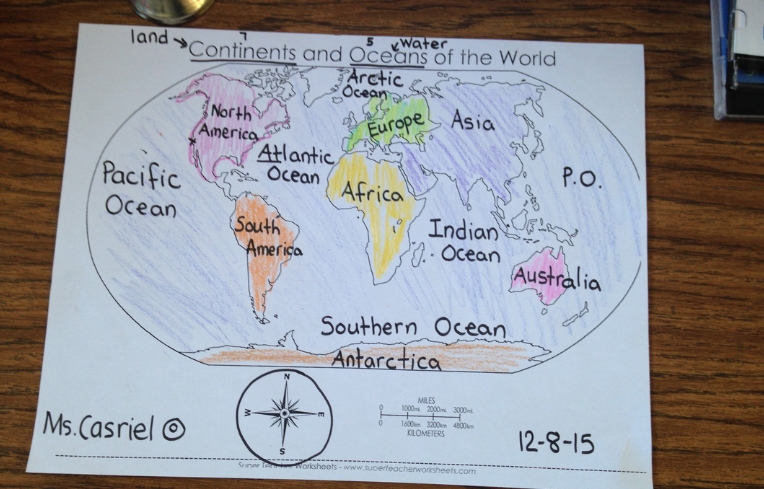The world is made up of vast bodies of water, but most people think of them as just one big ocean. In reality, there are four major oceans that cover about 71% of the Earth’s surface. Understanding these oceans is essential, not only for geography enthusiasts but also for anyone interested in the environment, marine life, and global climate patterns.
Atlantic Ocean: The Highway of Trade
Stretching between the Americas to the west and Europe and Africa to the east, the Atlantic Ocean is the second-largest ocean in the world. This ocean serves as a crucial trade route, connecting various countries and facilitating the exchange of goods and cultures. Its rich history is also marked by exploration and discovery, as many famous voyages, like that of Christopher Columbus, took place here. Additionally, the Atlantic Ocean is home to diverse marine ecosystems, including the famous Sargasso Sea, known for its unique floating seaweed.
Pacific Ocean: The Giant of Oceans
The Pacific Ocean is the largest and deepest ocean, extending from the Arctic Ocean in the north to the Southern Ocean in the south. Covering more than 63 million square miles, it plays a vital role in regulating the Earth’s climate and weather patterns. This ocean is known for its breathtaking islands, including Hawaii and the Philippines, as well as its rich biodiversity, featuring everything from coral reefs to the great blue whale. The Pacific also holds significant cultural importance for many indigenous peoples, whose traditions and livelihoods have been deeply intertwined with the ocean for centuries.
Indian Ocean: The Warm Waters
Situated to the south of Asia and bordered by Africa, the Middle East, and Australia, the Indian Ocean is the third-largest ocean, recognized for its warm waters and monsoon winds. This ocean is a key economic area, rich in natural resources like oil and gas, and is important for international shipping routes. Additionally, the Indian Ocean is home to unique marine life, including majestic manta rays and vibrant coral reefs. Countries surrounding the Indian Ocean, such as India and Madagascar, boast rich cultural heritages that reflect the ocean’s influence on their history and daily life.
Conclusion: Dive Deeper into Ocean Wonders
Exploring the four major oceans of the world opens up a treasure trove of knowledge about our planet’s environmental complexities, commercial activities, and cultural diversity. Whether you’re a student, a traveler, or simply curious, there’s always more to learn about these magnificent bodies of water. So grab a book, visit an aquarium, or explore online resources to dive deeper into the wonders of our oceans!

